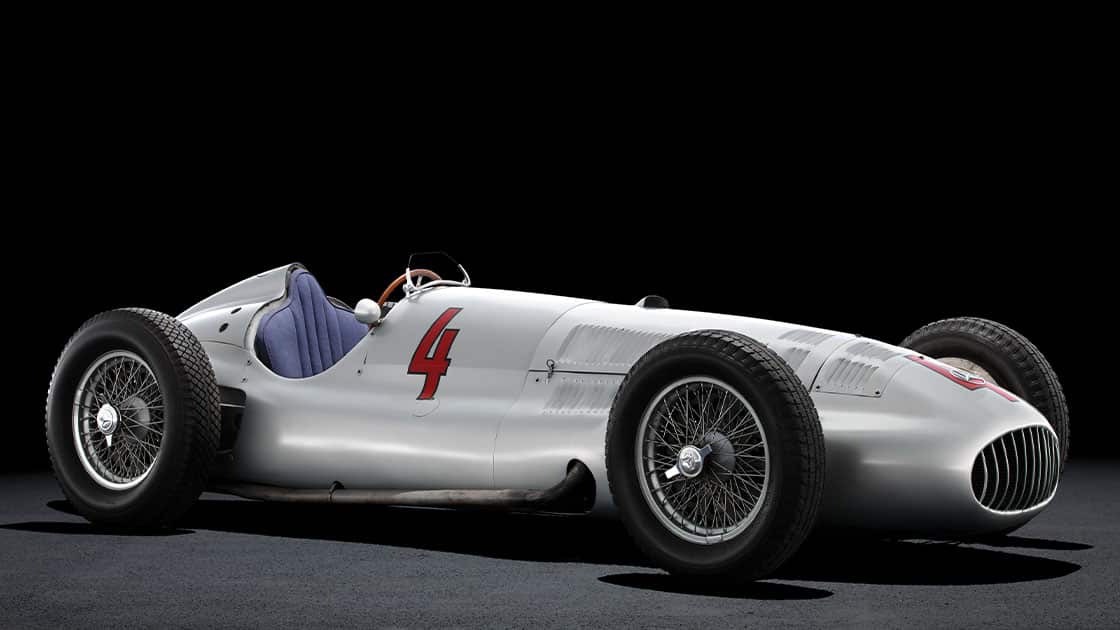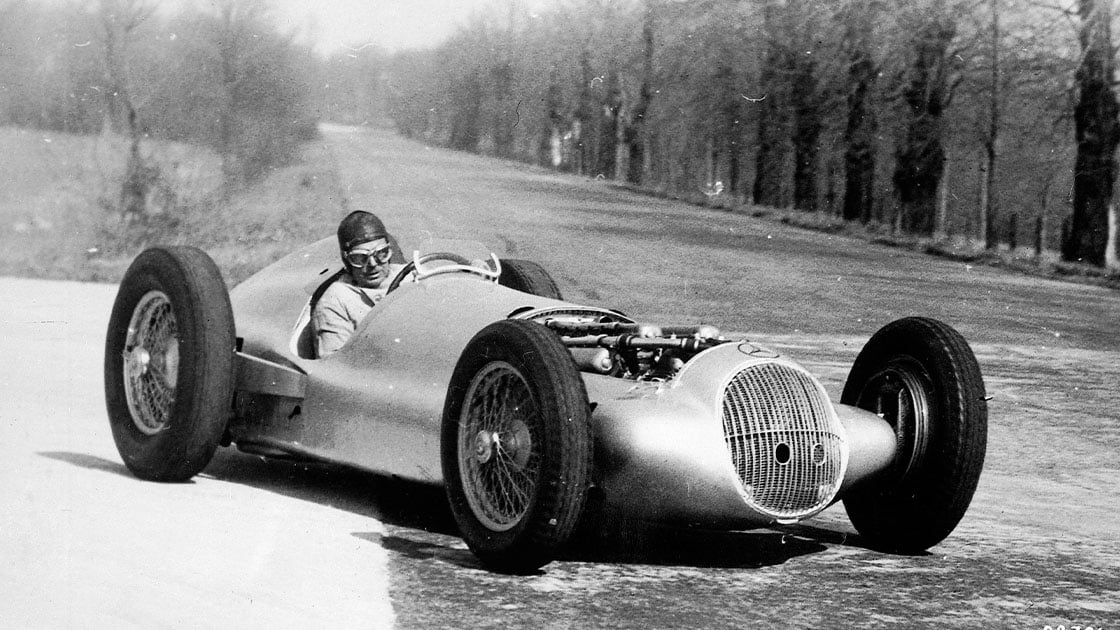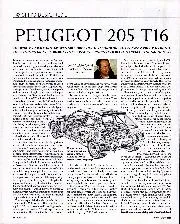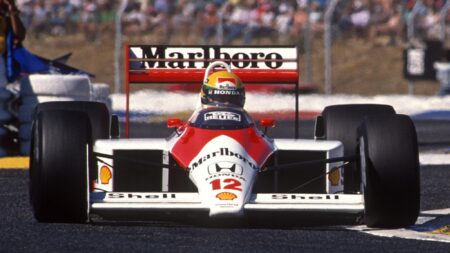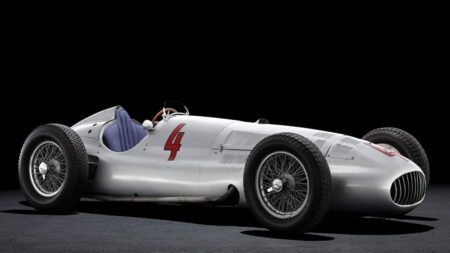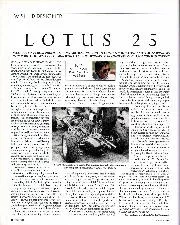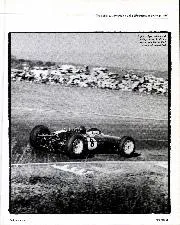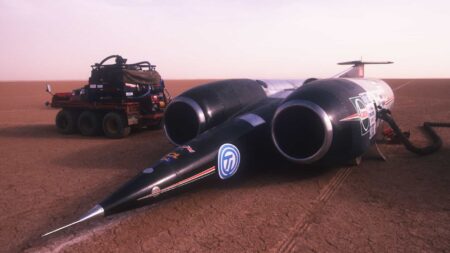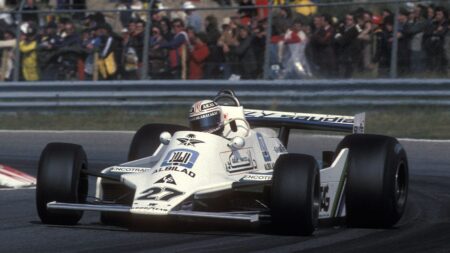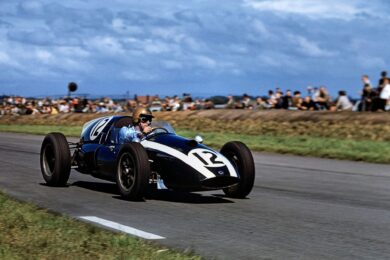I haven’t had the opportunity to test any of my designs as Rudolf Uhlenhaut did with the W154. I haven’t considered myself to be much of a driver since sitting beside people who really are. Carlos Reutemann was the most impressive driver I ever sat alongside. I’d see him doing something with ease in the wet, that I’d never have tried because I didn’t think it was possible even in the dry. Tony Rudd, my old boss at Lotus, tested BRMs though I don’t know how close he got to a competitive lap time.
I think in those days a very large amount of the testing and development of a car was getting the engine running right — carburation, ignition timing and so on. I think probably the designer of the car would be much better than a professional driver at sorting out that type of thing. So while I as an engineer wouldn’t consider myself a good enough driver to sort out the handling of the car — and I’m slightly suspicious whether Uhlenhaut ever could have either — I think it would have been the case that, in the absence of all the transient dynos and other clever kit we have these days, there would be no one better than the engine designer to do that by driving it. I guess that would have been a very big benefit in Rudi Uhlenhaut’s era. When I look at old racing cars, I find it’s easy to say that they could have done this better, or that better, but maybe they couldn’t at that time. Maybe that knowledge just wasn’t available.
I look at the aerodynamics from the ’70s and think, ‘If only we had known how sensitive the car is to the front wing endplate, we’d never have put that on it.’ But we didn’t. So I can’t look at the W154 and think they could have done that better, for maybe that was state of the art at that time. I’m not really knowledgeable enough on that period of racing to know what was technologically state of the art at the time, but I believe the Mercedes was at the cutting edge.
For me, the W154 is just a classic car, with a stonking engine which sounds lovely.
It’s great.
Frank Dernie was talking to David Malsher
Vote now to choose the greatest racing car of the past 100 years
Can’t see the form? CLICK HERE
